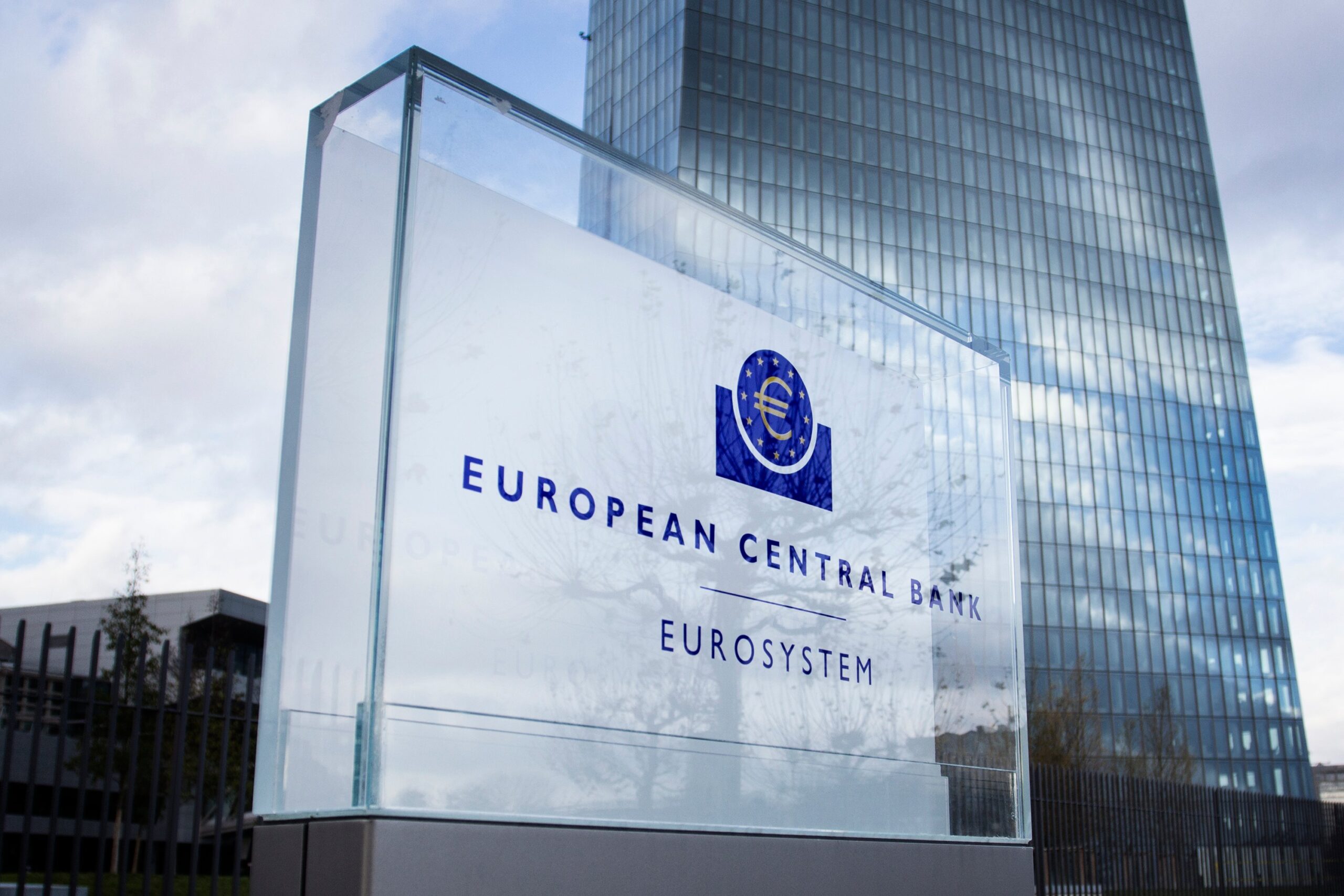The European Central Bank (ECB) delivered a widely anticipated 25-basis-point interest rate cut on Thursday, citing mounting global trade tensions as a key driver behind the move.
The decision comes amid growing concern over the euro zone’s economic outlook, as market instability and tariff disputes weigh on confidence.
The ECB’s latest action lowers its key deposit facility rate to 2.25%, a significant drop from its mid-2023 peak of 4%. According to LSEG data, markets had already priced in a roughly 94% chance of a 25-basis-point cut ahead of the announcement.
Much of the pressure behind the decision stems from recent developments in global tariffs. Although some U.S.-imposed duties and retaliatory measures have been paused or scaled back, uncertainty over potential future escalations remains high.
In its official policy statement, the ECB acknowledged the risks:
“The outlook for growth has deteriorated owing to rising trade tensions.”
The central bank added that: “Increased uncertainty is likely to reduce confidence among households and firms, and the adverse and volatile market response to the trade tensions is likely to have a tightening impact on financing conditions.”
With the rate cut already expected, market attention is now turning to how the ECB communicates its next steps. Analysts are particularly focused on whether the central bank will revise its view on the “neutral rate”—the level of interest at which policy is neither restrictive nor stimulative.
Investors are also closely watching for any additional signals from ECB President Christine Lagarde during her post-meeting press conference, especially regarding future policy shifts or further rate cuts.
“More importantly for markets will be the extent to which the central bank decides to communicate what it perceives to be the ‘neutral rate’, and whether monetary policy could turn accommodative – i.e. go below the neutral rate – in the next six to 12 months,” said Julien Lafargue, chief market strategist at Barclays Private Bank, in a note Thursday.
The ECB’s move reflects a broader trend of central banks responding to global headwinds, and for now, the focus remains on how much further policy might shift as trade tensions and economic uncertainty persist.






